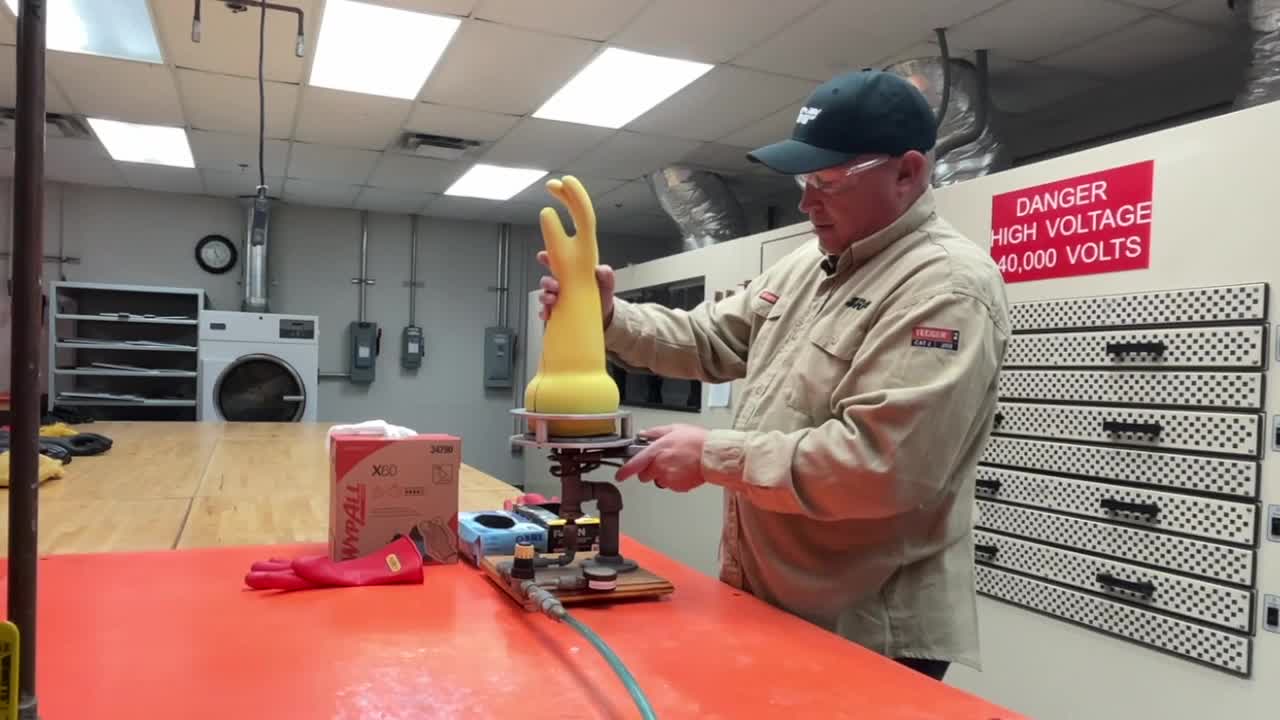PHOENIX — When severe weather strikes the Valley of the Sun with wind, rain, thunder, and lightning, power lines often go down, leaving residents in the dark. That's when Salt River Project (SRP) linemen spring into action, but not without critical safety equipment that undergoes rigorous testing.
"We have people on call 24 hours a day, 7 days a week," an SRP representative explained.
SRP linemen have just minutes to get to downed lines and assess the situation before making repairs.
"If there is something that they can do immediately right then and there, if it is safe enough to get the power on, they'll do that," Christopher Scott Williams, an SRP section supervisor, said.
Safety is the top priority for these workers, and the equipment they use is designed to keep them grounded and protected from electrical shock.
At SRP's specialized tech lab, every piece of equipment a lineman would use undergoes thorough testing before being deployed in the field.
"So we test all the gloves, blankets, hot stick, and grounds," Jason Pahaneuf, a glove lab foreman, said.
The testing process is critical to ensuring worker safety. It begins with a visual inspection before moving to more intensive tests.
"We use the gloves test machine here," Pahaneuf explained. "We test the class-four gloves, the highest voltage glove we test here, at 40,000 volts."
The process is identical for the protective blankets used by linemen. The yellow mats can withstand up to 5,000 volts, while the orange blankets can handle up to 40,000 volts.
"We make sure they can hold that voltage for our linemen so they can stay safe," Pahaneuf said.
With approximately 2,200 linemen working for SRP, the lab processes a significant volume of safety equipment annually.
"We have about 3,600 gloves that come out of here annually and about 2,000 sets of blankets," Pahaneuf said.
This story was reported on-air by a journalist and has been converted to this platform with the assistance of AI. Our editorial team verifies all reporting on all platforms for fairness and accuracy.






